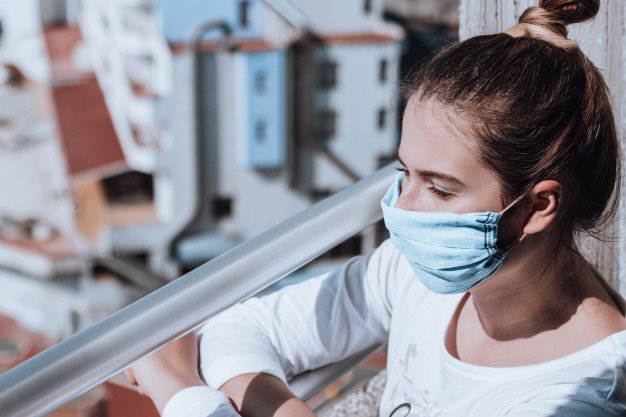“After all, it is humanity at risk during a pandemic.”
This quote outlines the threat that is caused during the time of the pandemic. This also outlines the hardships humanity faced since the start of the pandemic: the loss of life, decline of the economy, the limitation of travel, and many more. The human has come through many hardships, and once again, it has been put into a trail to conquer.
The Outbreak of the Virus:
The first cases were announced to the world health from a region of China named Wuhan. The reports contained people facing problems in breathing and pneumonia without a particular reason throughout October 2019. The origin Coronavirus was named, according to old Chinese novels.
By 2020, the virus had spread from cities to nations to the entire planet. The situation had then escalated from an outbreak to a pandemic. The virus spread from China to Europe, the Southeastern United States, and the Western Hemisphere, affecting many individuals, companies, travel, and educational institutions.
The following article will be highlighting the effect of covid-19 on the generation of the students:
Impact of COVID-19 on Students:
The risks we face are becoming more interconnected as most of the facilities are shut down. The COVID-19 pandemic has crossed national boundaries and is still spreading. It has impacted citizens of all nationalities, educational levels, income levels, and genders. However, the same cannot be said for the repercussions, which have disproportionately impacted the most disadvantaged.
Education is no different. Students who have good backgrounds are supported by their parents and can seek education past the closed doors of school by adapting to alternative learning methods. On the other hand, students from unfortunate backgrounds tend to remain disconnected from the world of learning.
This crisis has brought to light several flaws and inequities in our educational systems, ranging from a lack of access to the broadband and computers required for online learning and the lack of supportive environments needed to concentrate on learning misalignment of resources and needs.
Development losses would be proportionately higher if schools take longer to return to previous levels of results. Slower development as a result of today’s students’ lack of skills will, of course, only be visible in the long run. However, when the effect is considered over a more extended period of time, it becomes essential. In other words, even if schools quickly return to pre-pandemic levels of results, countries will continue to suffer economic hardship.
For example, in the United States, if student cohorts in school during the 2020 closures experience a one-tenth of a standard deviation corona-induced loss of skills and then all affiliates return to the previous levels, the 1.5 percent loss in future GDP will be equal to a sum of $15.3 trillion in the economic sector.
Both governments interfere in education to finance, guide, or control the provision of services. Since markets cannot guarantee equal access to educational opportunities, government funding of educational programs is required to make sure that education is not out of reach for certain members of society. But since the outbreak of the virus, the funding has decreased.
Perhaps most notably, the crisis poses concerns about the importance of university education, encompassing educational content and networking and social opportunities. Universities will need to rethink their classroom environment in order to stay essential so that digitization extends and enhances student-teacher and other bonds.
Counter-measures:
Almost every country made use of online platforms. Students could use online learning resources to access educational content at their leisure, formalized learning programs that they could complete at their own speed, and real-time lessons led by their teachers through virtual meeting platforms.
Estonia, for example, partnered with private companies to provide students with a variety of educational content during school closures. Teachers in Greece used real-time virtual classes combined with other online learning resources to execute real-time virtual classes.
Television broadcasts offering educational material to continue students’ learning were standard learning arrangements in many countries. In certain countries, television programs are primarily aimed at primary school students who may have struggled with using online learning tools or self-directed learning. Students who do not have enough means for online training may also benefit from television broadcasts.
Despite these benefits, due to the short amount of time dedicated to these TV shows, broadcasts can be limited to only a few topics.
Final Thoughts:
Now that the only route students have to participate academically is through virtual and online means. Even if the requirements force them to take academic assistance, they can take help from online writing services or even cheap Copy Writing Services to guide them. Let’s be honest here, with the lack of face-to-face interactions. Students do need to take help to do their assignments, let it be online bases.
















